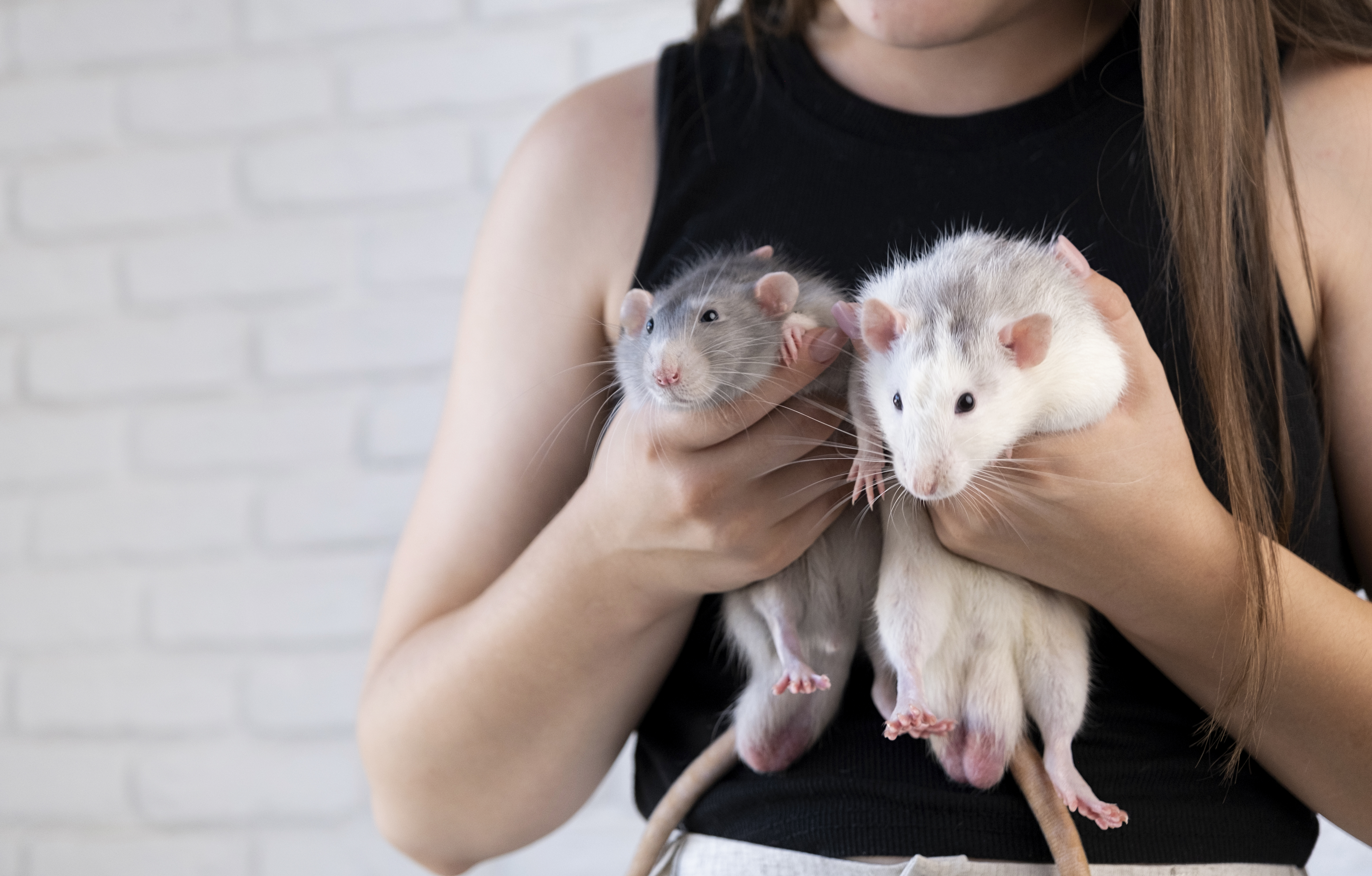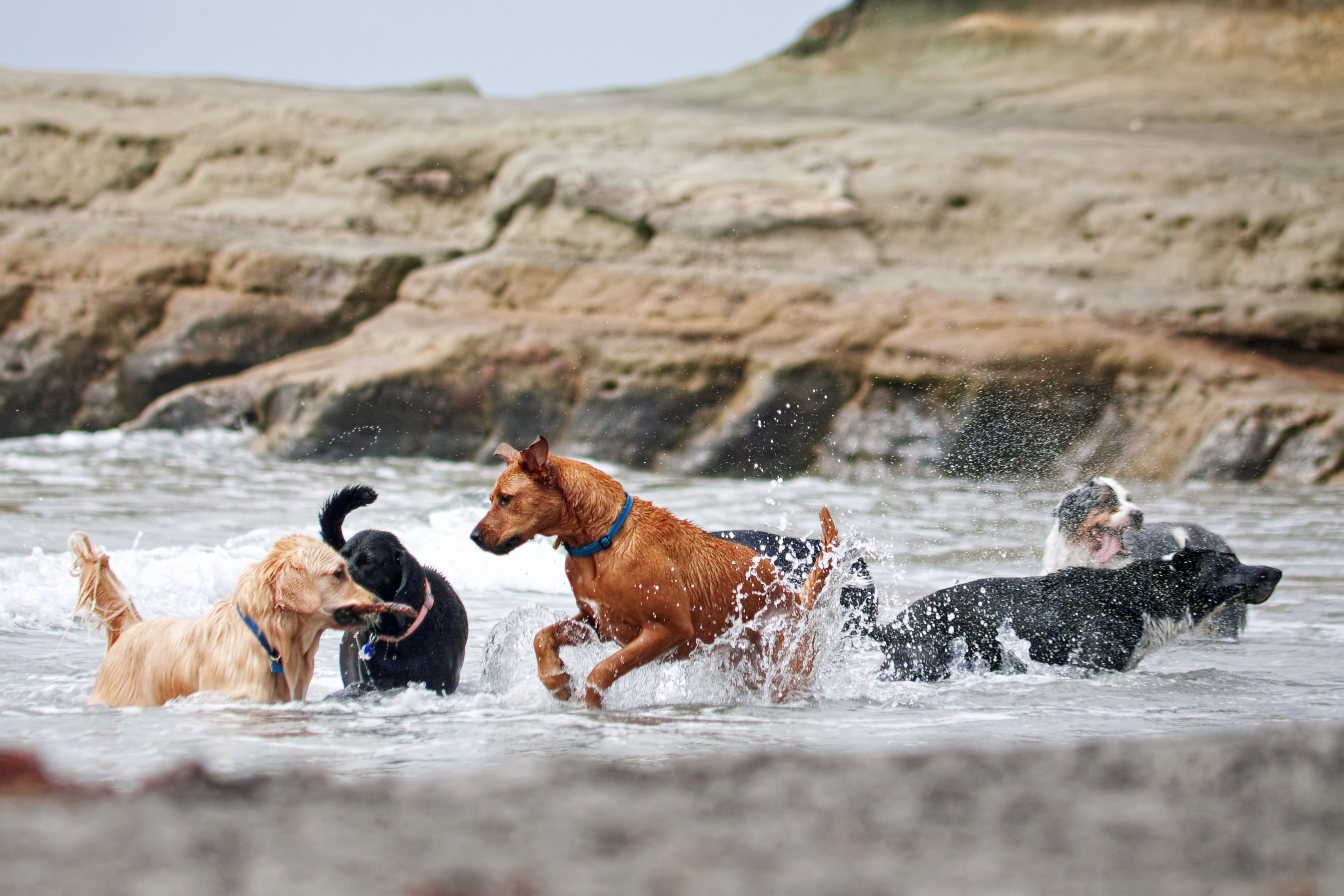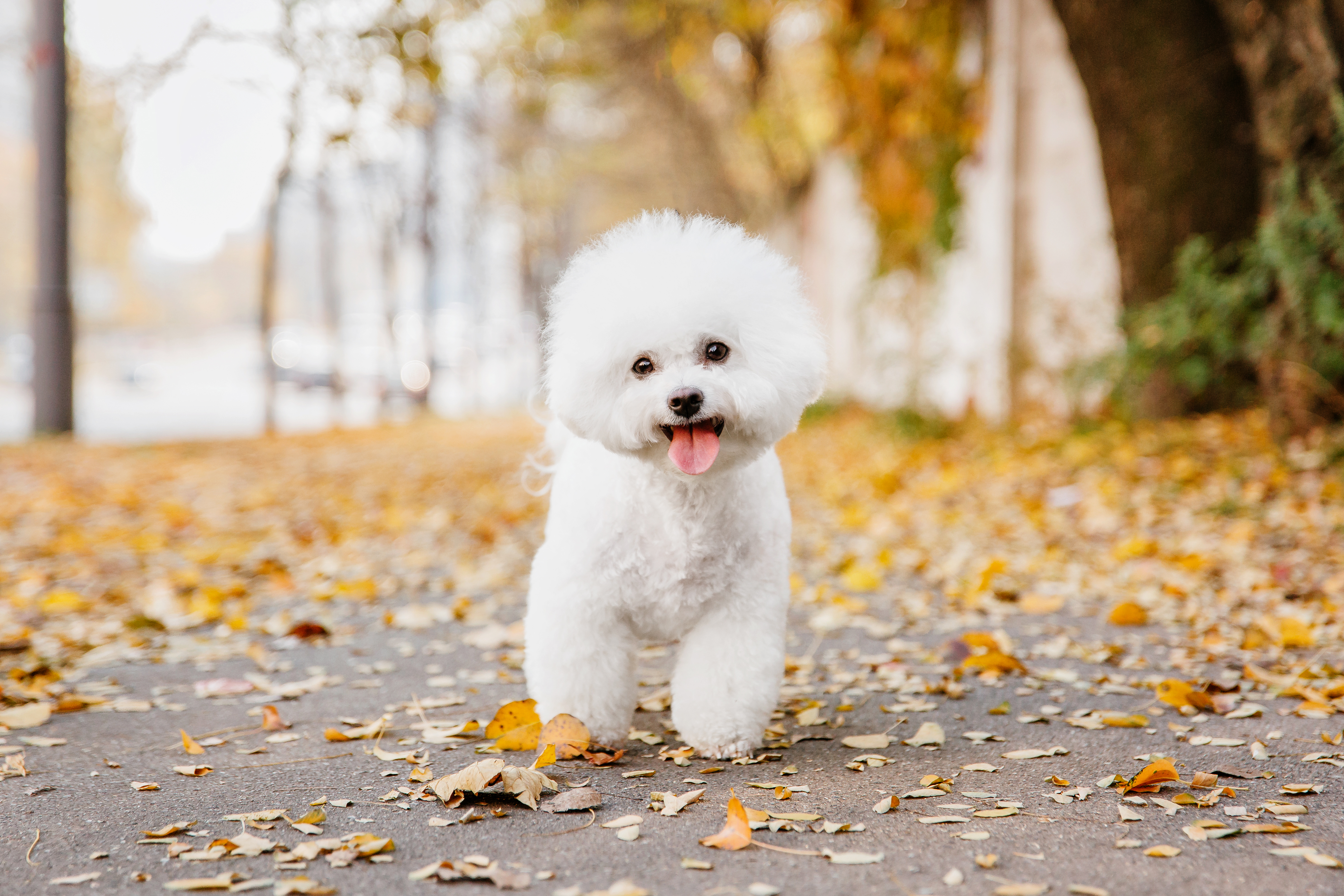How To Treat Separation Anxiety In Dogs
It’s perfectly normal for dogs to miss their humans when they’re gone. They may express some mild signs of stress immediately after an owner walks out the door, such as howling or whining. Most healthy dogs can get over this initial moment of stress and wait for their owners to return without too much mishap. When the stress is prolonged or the behaviors are more extreme and destructive, however, it could be an indication of a deeper problem. Separation anxiety is the condition identified in dogs that exhibit behaviors like continuous barking or howling, salivating, panting, destroying furniture, having accidents in the house, or making escape attempts, usually around the time their owner gets ready to leave their home. Left untreated, a dog with separation anxiety will live a stressful, unhappy life at best, so it’s important to address these behaviors before they become a fixed aspect of your dog’s personality.
If you have a dog with separation anxiety, here are a few ways to help them grow more confident in your absence.
Downplay Leaving And Coming Home

It might be tempting to shower your dog with love and affection before and after you leave the house, but you may be reinforcing your dog’s stressed mindset if he has separation anxiety. The extra attention can signal to your dog you’re about to leave, and acting happy and excited upon your return can be interpreted as your dog’s 'reward' for being anxious during your absence. Instead of making departures and arrivals a big deal, try to downplay leaving and coming home. Keeping calm and emotionless shows your dog occasional separation is just part of the normal routine. If your dog acts extra excited when you come home, refrain from touching or looking at them until they calm down.
Continue reading to learn more about treating separation anxiety in dogs now.
Leave Behind Recently Worn Clothes

When children are scared, they like to squeeze their teddy bears. Stuffed teddies don’t offer much protection from monsters in the dark, but the comfort they provide goes a long way in helping a kid feel safe. Similarly, dogs can get comfort from their owner’s scent, which is why a lot of them like to hide in their owner’s closets during thunderstorms! If your dog is showing signs of separation anxiety, it might be a good idea to leave behind some recently worn clothes for them to smell and cuddle. This can help your overly-attached dog feel comforted and stay calm during a stressful event, such as your departure.
Get more information on managing separation anxiety in dogs now.
Exercise Your Dog Before Leaving

Generally speaking, an exercised dog is a tired dog, and a tired dog has no energy to get worked up when their owner has to leave for work. Try to exercise your dog before leaving by taking them on a long walk or engaging in some playtime at the dog park. Then, reward your dog’s calmer behavior with food, water, or a small treat before you leave the house. The main goal is to tire out your pooch and dump excess energy to facilitate a calm state of mind. That way, your dog will be too busy resting to exhibit any destructive behaviors.
Uncover the next method of treating separation anxiety in dogs now.
Busy Toys And Treats

Sometimes separation anxiety can be managed simply by redirecting a dog’s anxious energy to something productive. 'Busy' toys like treat-dispensing puzzles, chew toys, and sniffing mats can help occupy your dog’s mind and encourage them to be calm and relaxed. Try to keep a collection of puzzle toys that are only for the times your dog must be home alone. You can also give your dog an extra special, high-value treat to help them associate your leaving with something positive. For even better results, combine the spirit of busy toys and treats by hiding your dog’s favorite treats around the house for a fun scavenger hunt during your absence.
Learn more about managing separation anxiety in dogs now.
Mix Up Your Leaving Routine

If your dog has been diagnosed with separation anxiety, you may have noticed they exhibit anxious behaviors several minutes before you leave. This happens because there are very common human behaviors we tend to go through before leaving the house. Things like putting on coats or shoes, picking up a purse, or grabbing the car keys signals to our dogs a departure is imminent, so they can trigger an anxious dog to act stressed out while their owner is still home. To combat this, learn to mix up your leaving routine in a way that makes it difficult for your dog to predict you’re about to leave. Try loading your purse or suitcase in the car before breakfast, putting your coat on well before you intend to leave, or carrying your keys around in your pocket every once in a while at home. It might require a little extra planning on your part, but the effort will be worth it to keep your dog from building up anxious energy.







